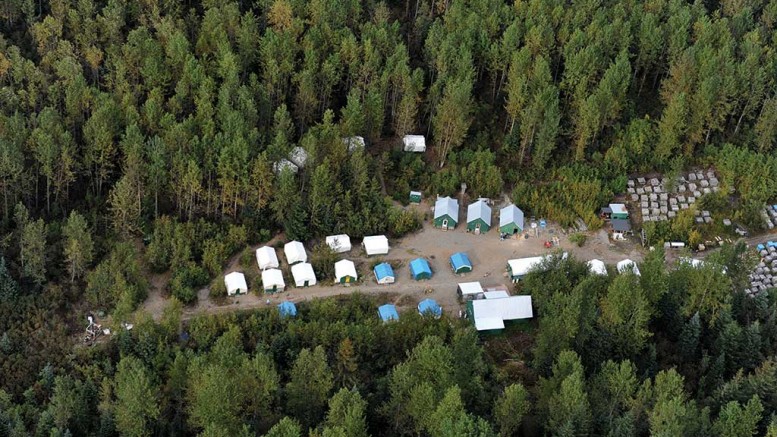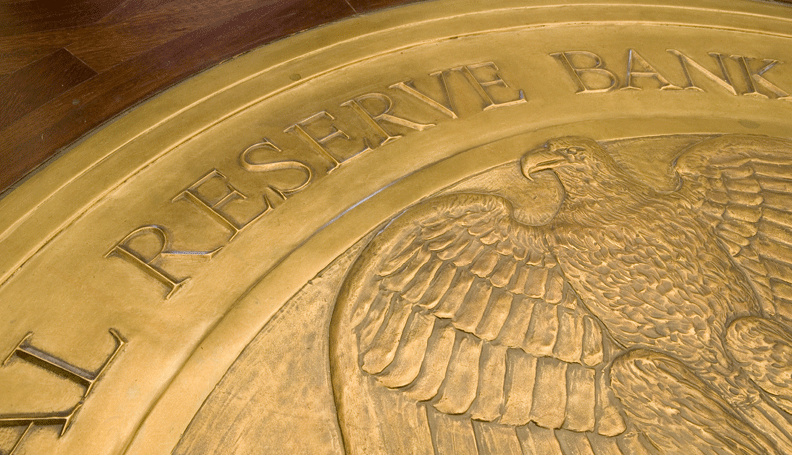Seabridge releases KSM PEA with improved economics

Seabridge Gold (TSX: SEA; NYSE: SA) has released the results of an updated preliminary economic assessment on its KSM gold-copper project, 65 km northwest of Stewart, B.C.
The latest study suggests a large underground block cave mine at the Iron Cap deposit, with one third of the planned production sourced from open pits at the site.
This approach is the opposite of that in the 2016 prefeasibility study (PFS) on the project, which envisioned two thirds of production was from open pit sources.
In March of last year, the company released updated resources for Iron Cap.
“The benefits of incorporating Iron Cap into mine plans at an early stage have exceeded the upper end of our expectations, not only for the improvements in projected economics but also for the reduction in environmental impact,” Rudi Fronk, the company’s chairman and CEO, said in a news release.
According to the company, this mine design modification also includes higher plant throughputs and mining of deeper resources when compared with the 2016 PFS.
The latest PEA outlines a 44-year mine, producing 1.3 million ounces of gold and 265 million lb. of copper annually in the first five years of operation
The latest PEA outlines a 44-year mine, producing 1.3 million ounces of gold and 265 million lb. of copper annually in the first five years of operation and suggests life of mine average operating costs of negative $472 per ounces, net of by-product credits.
With an initial capital estimate of $5.2 billion, the after-tax net present value estimate for this project stands at $6 billion with a four-year payback period.
This mine would produce gold and silver dore as well as a flotation copper concentrate with additional contained precious metals.
In the news release, Seabridge added that the results of the 2016 PFS remain valid and represent a potential scenario for developing KSM.
The 2016 PFS outlined a 53-year mine, producing an average of 933,000 ounces gold and 205 million lb. copper, with additional silver and molybdenum in the first seven years of operations.
The analysis suggested a C$1.5-billion, base-case after-tax net present value (NPV) estimate at a 5% discount rate with a $5-billion capital outlay.
Mike Kozak, an analyst at Cantor Fitzgerald, described the PEA as “much-improved” and noted that he continues to believe that Seabridge will attract a 50:50 joint-venture partner for the project.
He also ranked Seabridge his top pick among the mid-tier gold companies.
“By including the higher-grade Iron Cap zone in the mining sequence, forecasted annual life-of-mine gold and copper production levels have increased to 627,000 ounces and 386 million lb. up 6% and 35% respectively versus the 2016 PEA,” he commented, adding that “initial capex at the proposed 170,000 tonnes per day consolidated KSM project was effectively unchanged at C$5.4 billion.”
Kozak also pointed out that the 2020 PEA “only captures about 31% of the total KSM resource,” and “there continues to be upside beyond what was outlined in the updated PEA.”
The mining analyst has a ‘buy’ rating on the stock and raised his target price to C$32 per share from C$28 per share following the news.
In Toronto, Seabridge closed 2.2% higher at C$19.37 per share following the PEA release.
Over the last year the company has traded in a range of $7.37 and $21.98 per share.
With about 65 million common shares outstanding, Seabridge’s market cap stands at $1.3 billion.
(This article first appeared in the Canadian Mining Journal)
More News
Rio Tinto, Founders Factory’s Mining Tech Accelerator invests in startups from US and OZ
April 23, 2025 | 04:02 pm
{{ commodity.name }}
{{ post.title }}
{{ post.date }}



Comments